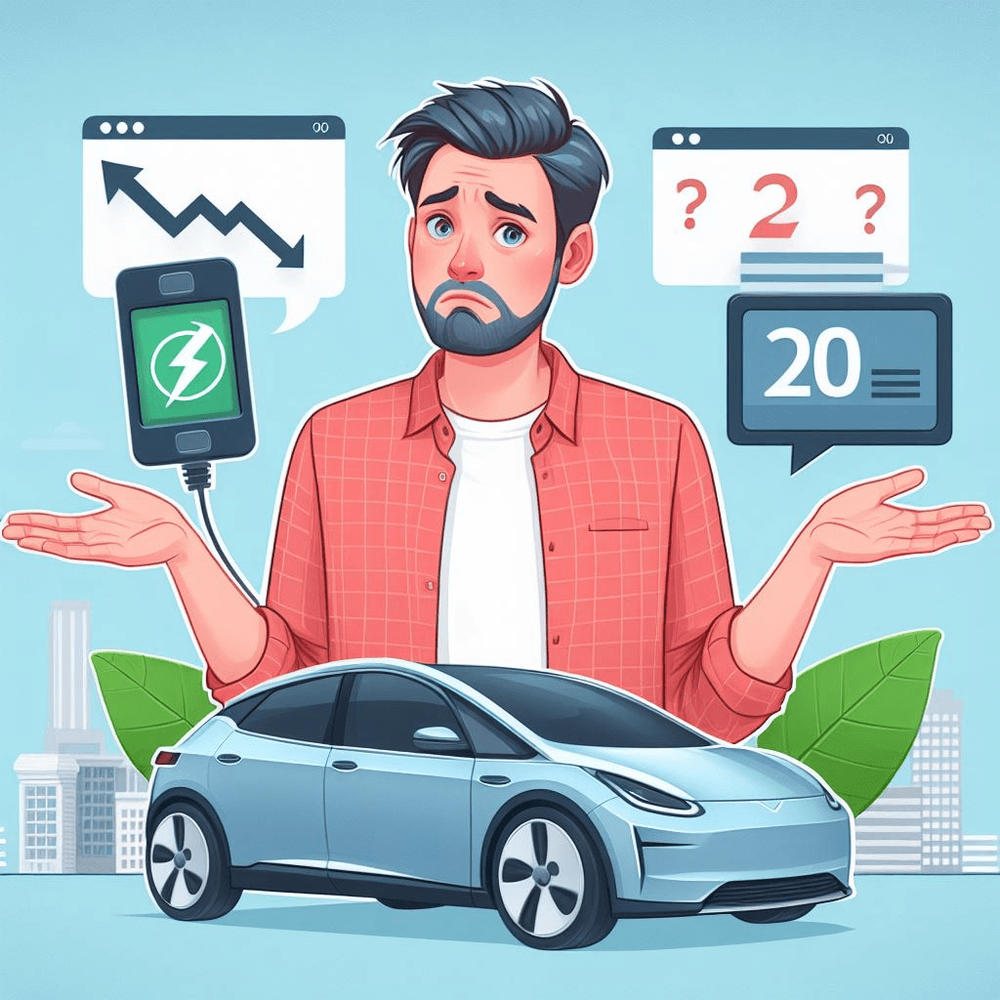

Autodice
Apr 29 10:00 PM
While the initial surge in EV adoption was promising, growth forecasts have plateaued. Potential buyers are now more cautious, considering factors beyond environmental consciousness. List prices, residual values, and charging infrastructure play pivotal roles in shaping consumer decisions. As the novelty wears off, consumers are scrutinizing the practical aspects of EV ownership.
Tesla, the EV giant, reported a 9% drop in first-quarter revenue – the largest decline since 2012. Even pessimistic analysts were caught off guard. Elon Musk, Tesla’s CEO, remains bullish on EVs, asserting that they will ultimately dominate the market. However, the adoption rate globally is under pressure, leading other manufacturers to scale back on EVs and explore plug-in hybrids instead1. Tesla’s promise of an affordable $25,000 EV model has been pushed up to “early 2025, if not late this year.”
Range anxiety – the fear of running out of battery – remains a significant hurdle. While EVs have made strides in extending their range, consumers still worry about finding charging stations conveniently. The charging infrastructure has not kept pace with the growing number of EVs on the road. Addressing this concern is crucial for widespread adoption.
EV prices have been a sticking point for many consumers. While incentives and subsidies exist, the upfront cost of an EV can be prohibitive. The promise of long-term savings on fuel and maintenance doesn’t always outweigh the initial investment. As automakers strive to make EVs more accessible, pricing remains a critical factor.
Major automakers face a delicate balancing act. On one hand, they’re investing heavily in EV technology. Honda recently pledged $15 billion in Ontario, and Toyota announced additional investments in Indiana. On the other hand, they’re scaling back production due to lower-than-expected demand. Ford and GM have adjusted their EV production plans, reflecting the industry’s uncertainty.
The EV industry stands at a crossroads. While the vision of emission-free transportation remains compelling, practical challenges persist. As automakers refine their strategies, consumers await more affordable options and improved charging infrastructure. The road to widespread EV adoption may be winding, but it’s not a dead end.